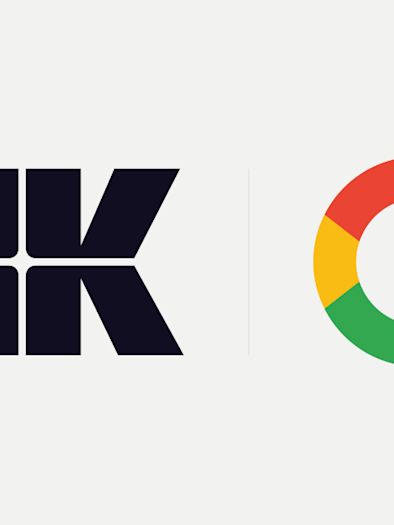
Debunking myths about data and data experts in PR
Here’s a fact: I am not very good at math.
When I say this to colleagues, it’s often met with a shock reaction, because data is what I do for a living. Says so right there in my job title, and data’s basically math, right?
But it’s true. I struggled through high school mathematics. Painting was my main focus and my best subject. I also thrived in English and Art History. But never math.
Data is often thought of as the flip side of creativity, particularly in the PR and communications industry which has historically been centered on imaginative, innovative thinking. As a result, people associate the word “data” with number crunching, boring Excel spreadsheets and nerds hunched behind computer screens.
I’m not going to pretend that working with data doesn’t involve those things (and yes, I’ll even admit those of us who specialize in this field are a little bit nerdy). But data gets a bad rep and is widely misunderstood, which is problematic, given that it is one of the most valuable resources in our industry as we come face-to-face with varied and new creative challenges.
So I’d like to challenge a few of those stereotypes and show you why leveraging the tools, products and advice of experts can improve efficiency, effectiveness and most importantly benefits to clients.
Data goes hand-in-hand with creativity
Storytelling is at the core of what we do as communications professionals. This is no different for those of us who work with data. After our initial research phase, we take our findings and build them into a narrative that will resonate with our clients. Much like developing a creative campaign, we include visual components to drive impact. We use our data insights to tweak our language so that it makes sense for stakeholders and we bring in expertise from other specialists within the business.
Spreadsheets CAN be fun
In my experience, people do anything to avoid working with Excel. And I get it. I’ve seen some very scary spreadsheets during my career. But with training and experience, familiarity with Excel can provide everyone with a hugely competitive edge in the workplace. Even knowing something as simple as running basic formulas can save hours of time. And the learning is seemingly endless – I’m still finding out new things every week. It can very quickly become a desert island tool for everyone.
Tools do a lot of the heavy lifting
My fifth form statistics teacher once said to us, “Stop trying to run calculations in your head. You have a calculator to do that for you!” I can’t think of a better metaphor to describe our modern way of working. Data analysis will always involve some form of number crunching, but as technology continues to evolve, parts of the job are becoming increasingly automated. This enables us to spend less time on tasks such as data capture and coding, and more time uncovering insights and building funky visualizations.
We don’t expect everyone to be an expert – that’s what we’re here for! But I’d encourage everyone to start thinking about how you can have a more data-driven approach when planning and evaluating campaigns. Many seemingly impossible requests are easily answered with our data tools. Grueling reporting processes are made more efficient with simple Excel tips. And we may be able to offer a slightly different approach to tackling a challenging creative brief.
Have fun with data. Don’t fear it!
(Feel free to steer clear of calculus though. That’s terrifying.)









